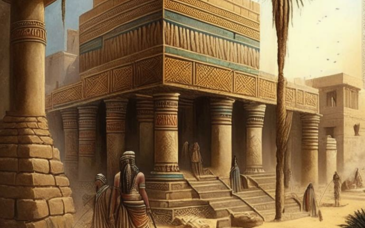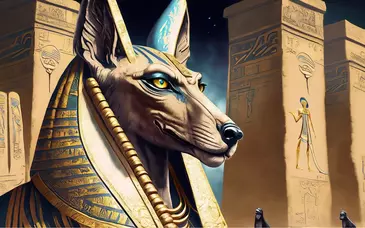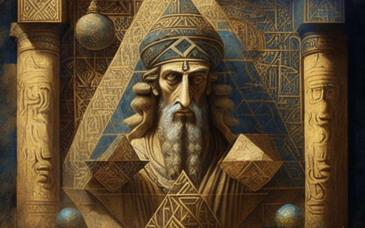Late Antiquity, spanning from the 3rd to the 7th century, was a fascinating era marked by a confluence of cultures, religions, and philosophical traditions. Within this rich tapestry of history, the practice of magic held a significant place, influencing the beliefs and daily lives of people across the Mediterranean and beyond. In this post, we delve into the enchanting traditions of magic that flourished during Late Antiquity, offering a glimpse into the mystical realms that captivated the imaginations of the ancients.
- Syncretism and Magical Fusion: Late Antiquity witnessed the blending of diverse cultural and religious elements, resulting in a syncretic approach to magic. The amalgamation of Egyptian, Greek, Roman, and Near Eastern traditions gave rise to a magical landscape where spells, amulets, and rituals were infused with a harmonious fusion of beliefs. This syncretism allowed practitioners to draw upon a wide array of magical techniques, creating a dynamic and ever-evolving magical tradition.
- Hermeticism and the Magical Cosmos: The Hermetic tradition, attributed to the mythical figure Hermes Trismegistus, played a pivotal role in shaping magical thought during Late Antiquity. Hermeticism emphasized the interconnectedness of the divine and the material world, inspiring magical practices that sought to align the practitioner with cosmic forces. Theurgy, a form of ritual magic rooted in Hermeticism, aimed at invoking divine powers to achieve spiritual ascent and communion with the divine.
- Magical Texts and Grimoires: The era produced a plethora of magical texts and grimoires, serving as repositories of esoteric knowledge. Notable examples include the Greek Magical Papyri and the Picatrix. These texts contained instructions for spells, incantations, and rituals, providing a guide for practitioners to harness the supernatural. The intricate symbolism and arcane language used in these texts reflected the mystery and reverence surrounding the practice of magic.
- Divination and Oracles: Divination, the art of foretelling the future or gaining insight through supernatural means, held a prominent place in Late Antique magical practices. Oracles, such as the famous Oracle of Delphi, continued to be consulted for guidance. Divinatory tools, such as casting lots, reading entrails, and interpreting celestial omens, were widely employed by both common people and elite practitioners seeking to unravel the mysteries of fate.
- Magical Healing and Protective Amulets: Magic in Late Antiquity was not solely focused on divination or invoking higher powers. It played a crucial role in healing and protection. Magical amulets, adorned with symbols and inscriptions, were crafted to ward off malevolent forces, cure ailments, and ensure overall well-being. These amulets reflected a belief in the practical efficacy of magical symbols and incantations.
The traditions of magic in Late Antiquity represent a captivating blend of diverse cultural, religious, and philosophical influences. Whether through the syncretic fusion of traditions, the cosmic aspirations of Hermeticism, or the practical applications of magical healing, the enchanting tapestry of magical practices in this era provides a window into the profound ways in which people sought to interact with the unseen forces that shaped their world. In exploring these traditions, we gain not only a deeper understanding of the past but also a richer appreciation for the enduring human fascination with the mystical and the magical.




